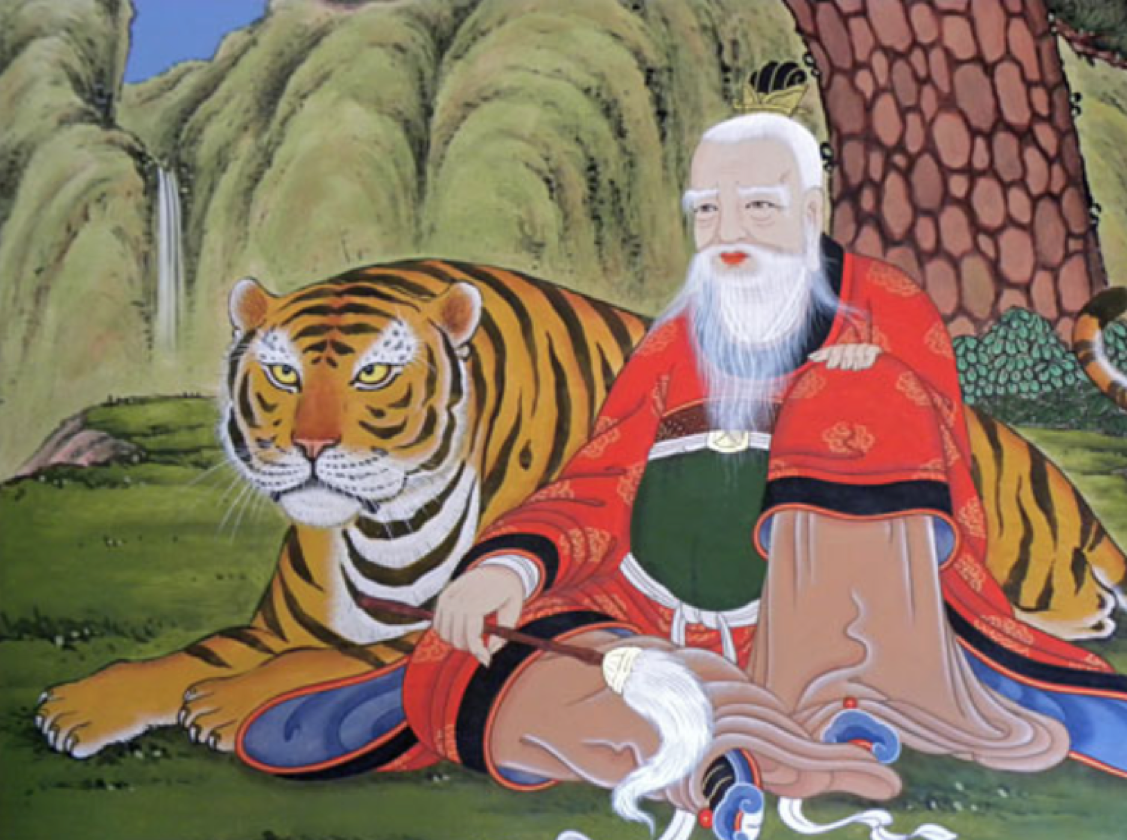The history of Korean Shamanism
Korea has adopted number of religious beliefs over-time that have been imported through cultural exchange and colonization. Korea has now firmly established Buddhist, Catholic and Confucian beliefs and customs. However, none of the religions have been present longer than the Korean Shamanism which dates back to pre-history of Korea. The shamanic beliefs are also referred to as Muism or Shinism. Similar version of shamanic belief systems is also found in Chinese Wuism, Japanese Shinto and Siberian/Mongolian and Manchurian Shamanic traditions suggesting that it was indigenous to the north east of Asian continent.
Instead of becoming established religion with hierarchical setting and dogma, Muism denotes that humans live alongside the ancestral spirits and natural spirits present in nature elements (Mountains, Trees, Rocks, Rivers). Muism doesn’t require temples or shrines, although there have been some shrines built for the mountain God (Sanshin). Sanshinis the most known spirit and deity associated with Muism and is often represented in art as an old man with white beard and a tiger (Sonang) which normally represents wilderness and the force of nature. With the arrival of other religious practices in Korean peninsula, the image of Sanshin has been incorporated in other beliefs systems and conflated with other deities, yet it retains strong presence in folk-art.
Muism is somewhat unique among other religious practices, as it allows humans to have direct communication with the spirit world through shamans. Shamans reach out to the spiritual world during the shamanistic ritual called ‘kut’. During Kutthe shaman is induced into a ‘trance-like’ state by excessive chanting, singing and dancing and allegedly able to become the transmitter and mouthpiece for the spirits. Shamans practise various methods of ‘soul healing’ from performing Kut ritual to fortune-telling and blessing the home and advising on suitable locations for buildings.
Traditionally the shamans were mostly female (Mudang) and could come either through hereditary line or initiation. Male shamans were not traditionally as common but now they are equally present in the rituals and are referred to as (Paksu, Pansu). Hereditary Mudangs traditionally belonged to the lowest castes of Korean society (Chonmin) or ‘slave caste’. Hereditary shamans retain a strong personal connection to their original Mudangs and consider them to be Ancestral spirits (Songsu). During ‘kut’ rituals images of Songsu (in red robes and artificial flowers in the hair as pictured below) often decorate the room.
In contemporary society, their practice is viewed with scepticism and considered to fall somewhere between religion to folk-medicine and superstition. In 1970s shamanism was severely suppressed by the government and claimed that it attempted to ‘delude’ the world, it was also denounced as ‘demonic’ by Christian missionaries. Regardless, 8% of the South Korean population still consider themselves as subscribers to this ancient practice and regularly contract shamans for advice and cleansing. The popularity of shamans is also rising due to more lenient views from governmental bodies and a society that is looking for more personalized alternatives to spiritual relief.
Author: Egle Poceviciute


